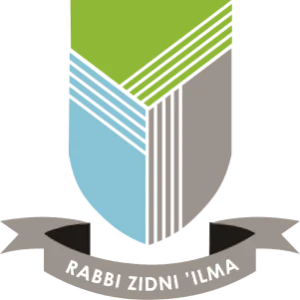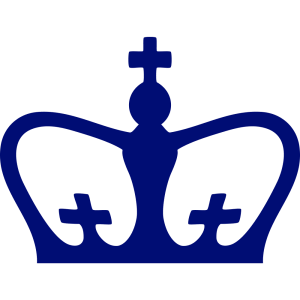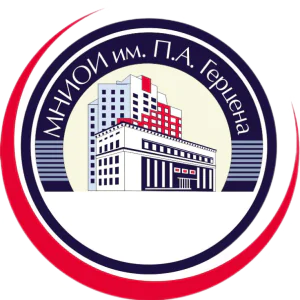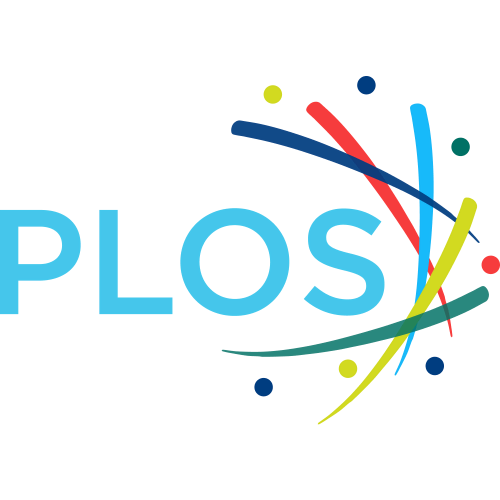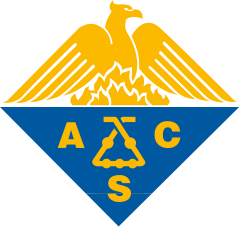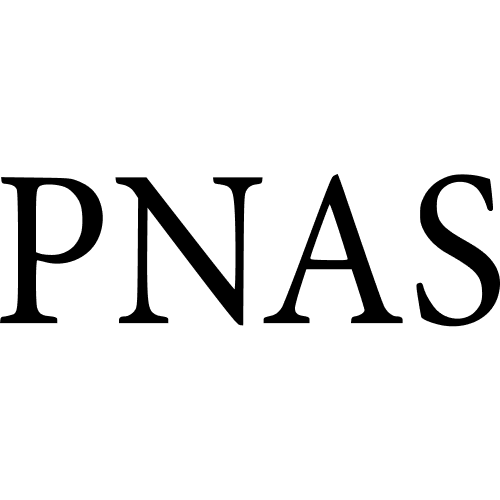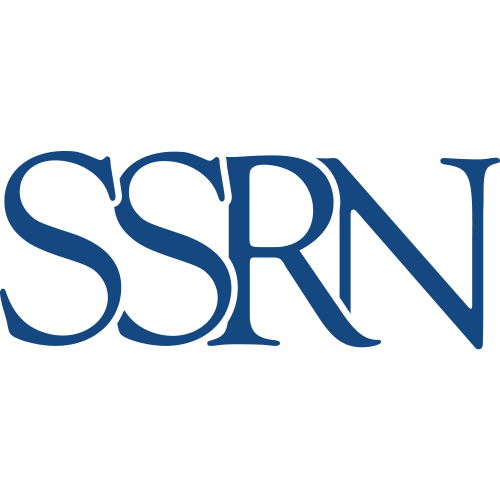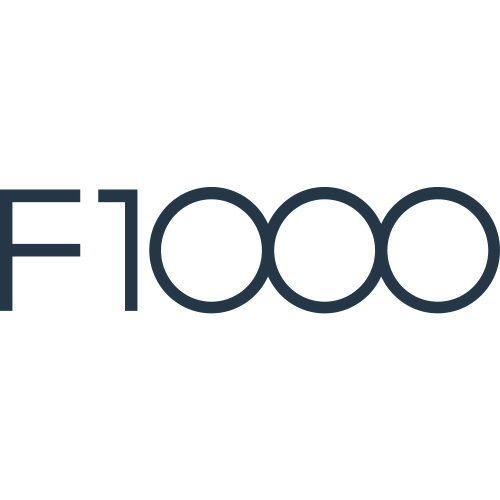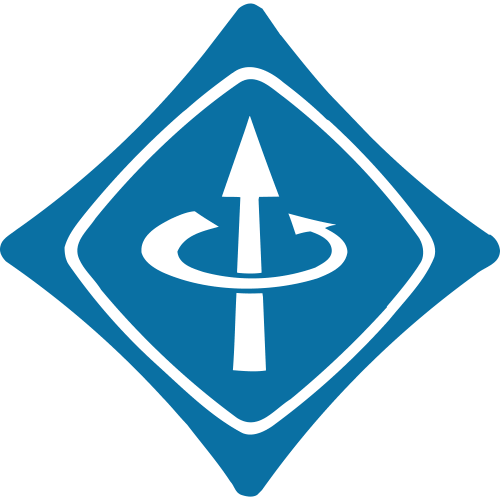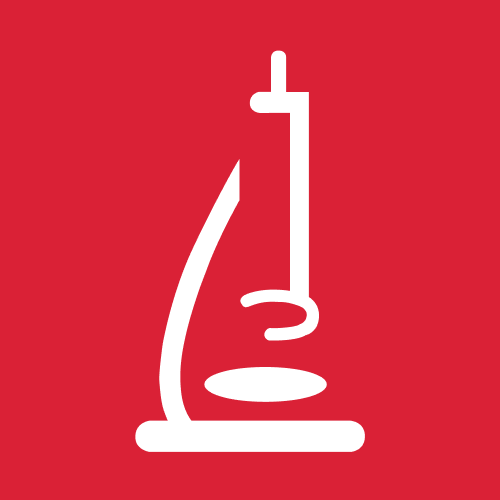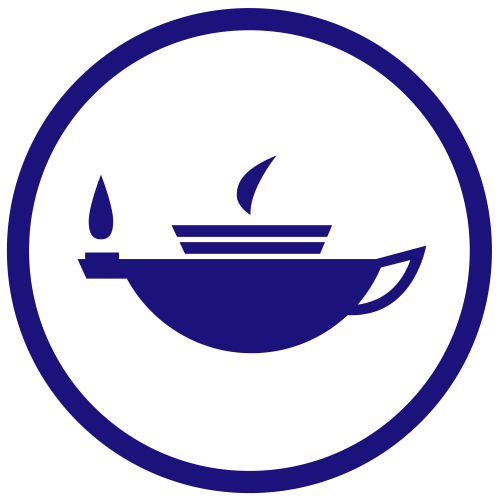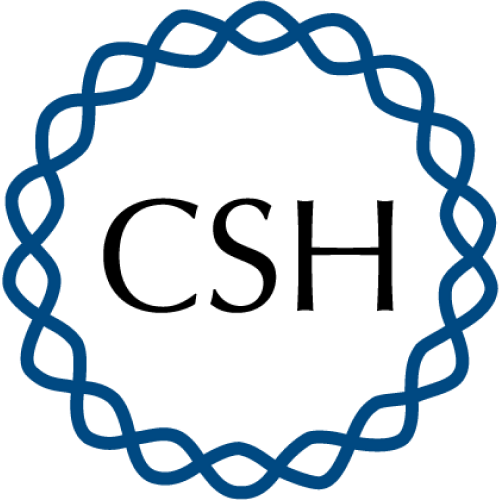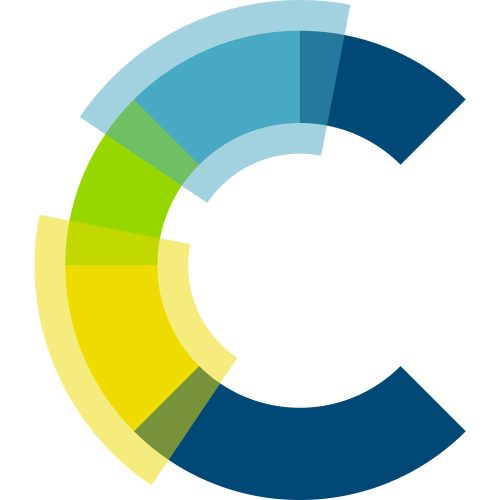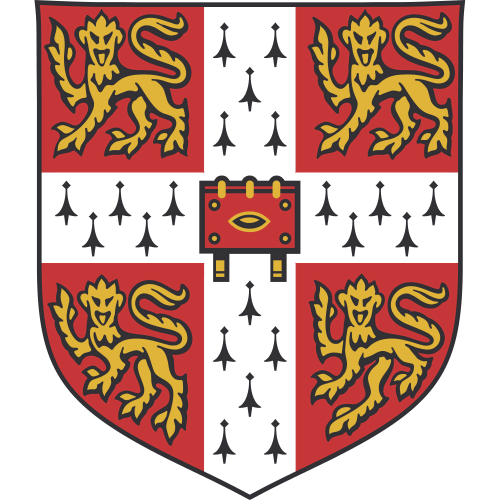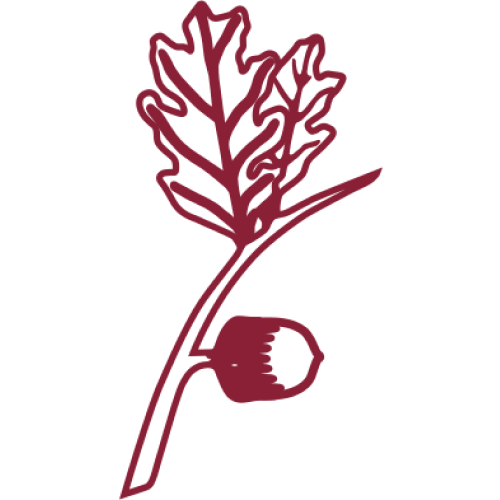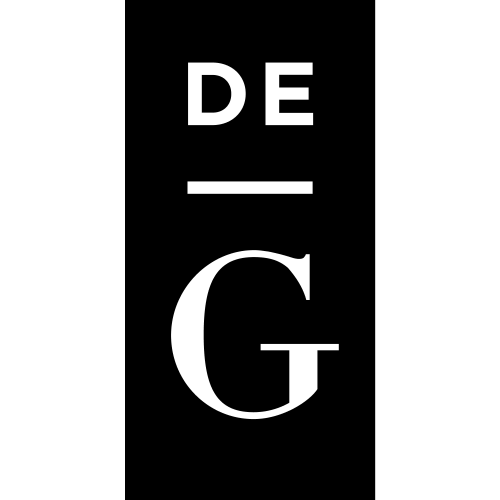Predicting protein structures with a multiplayer online game
Seth Cooper
1
,
Firas Khatib
2
,
Adrien Treuille
1, 3
,
Janos Barbero
1
,
Jeehyung Lee
3
,
Michael Beenen
1
,
Andrew Leaver-Fay
2, 4
,
David Baker
2, 5
,
Zoran Popović
1
2
Publication type: Journal Article
Publication date: 2010-08-03
scimago Q1
wos Q1
SJR: 18.288
CiteScore: 78.1
Impact factor: 48.5
ISSN: 00280836, 14764687
PubMed ID:
20686574
Multidisciplinary
Abstract
A natural polypeptide chain can fold into a native protein in microseconds, but predicting such stable three-dimensional structure from any given amino-acid sequence and first physical principles remains a formidable computational challenge. Aiming to recruit human visual and strategic powers to the task, Seth Cooper, David Baker and colleagues turned their 'Rosetta' structure-prediction algorithm into an online multiplayer game called Foldit, in which thousands of non-scientists competed and collaborated to produce a rich set of new algorithms and search strategies for protein structure refinement. The work shows that even computationally complex scientific problems can be effectively crowd-sourced using interactive multiplayer games. Predicting the structure of a folded protein from first principles for any given amino-acid sequence remains a formidable computational challenge. To recruit human abilities to the task, these authors turned their Rosetta structure prediction algorithm into an online multiplayer game in which thousands of non-scientists competed and collaborated to produce new algorithms and search strategies for protein structure refinement. This shows that computationally complex problems can be effectively 'crowd-sourced' through interactive multiplayer games. People exert large amounts of problem-solving effort playing computer games. Simple image- and text-recognition tasks have been successfully ‘crowd-sourced’ through games1,2,3, but it is not clear if more complex scientific problems can be solved with human-directed computing. Protein structure prediction is one such problem: locating the biologically relevant native conformation of a protein is a formidable computational challenge given the very large size of the search space. Here we describe Foldit, a multiplayer online game that engages non-scientists in solving hard prediction problems. Foldit players interact with protein structures using direct manipulation tools and user-friendly versions of algorithms from the Rosetta structure prediction methodology4, while they compete and collaborate to optimize the computed energy. We show that top-ranked Foldit players excel at solving challenging structure refinement problems in which substantial backbone rearrangements are necessary to achieve the burial of hydrophobic residues. Players working collaboratively develop a rich assortment of new strategies and algorithms; unlike computational approaches, they explore not only the conformational space but also the space of possible search strategies. The integration of human visual problem-solving and strategy development capabilities with traditional computational algorithms through interactive multiplayer games is a powerful new approach to solving computationally-limited scientific problems.
Found
Nothing found, try to update filter.
Found
Nothing found, try to update filter.
Top-30
Journals
|
5
10
15
20
25
30
|
|
|
PLoS ONE
28 publications, 2.95%
|
|
|
Lecture Notes in Computer Science
27 publications, 2.85%
|
|
|
ACS Symposium Series
14 publications, 1.48%
|
|
|
Proceedings of the National Academy of Sciences of the United States of America
13 publications, 1.37%
|
|
|
Nature Biotechnology
9 publications, 0.95%
|
|
|
Nature
9 publications, 0.95%
|
|
|
Proceedings of the ACM on Human-Computer Interaction
7 publications, 0.74%
|
|
|
Journal of Molecular Biology
7 publications, 0.74%
|
|
|
Scientific Reports
6 publications, 0.63%
|
|
|
PLoS Computational Biology
6 publications, 0.63%
|
|
|
Methods in Molecular Biology
6 publications, 0.63%
|
|
|
Bioinformatics
6 publications, 0.63%
|
|
|
Journal of Medical Internet Research
5 publications, 0.53%
|
|
|
Computers in Human Behavior
5 publications, 0.53%
|
|
|
SSRN Electronic Journal
5 publications, 0.53%
|
|
|
Computational and Structural Biotechnology Journal
5 publications, 0.53%
|
|
|
Proteins: Structure, Function and Genetics
5 publications, 0.53%
|
|
|
Biochemistry and Molecular Biology Education
5 publications, 0.53%
|
|
|
Journal of Chemical Education
5 publications, 0.53%
|
|
|
F1000Research
4 publications, 0.42%
|
|
|
Applied Sciences (Switzerland)
4 publications, 0.42%
|
|
|
Nature Communications
4 publications, 0.42%
|
|
|
Drug Discovery Today
4 publications, 0.42%
|
|
|
IEEE Access
4 publications, 0.42%
|
|
|
Science
4 publications, 0.42%
|
|
|
Journal of Microbiology and Biology Education
4 publications, 0.42%
|
|
|
Journal of Chemical Physics
3 publications, 0.32%
|
|
|
PeerJ
3 publications, 0.32%
|
|
|
Nature Methods
3 publications, 0.32%
|
|
|
5
10
15
20
25
30
|
Publishers
|
20
40
60
80
100
120
140
160
|
|
|
Springer Nature
155 publications, 16.33%
|
|
|
Association for Computing Machinery (ACM)
149 publications, 15.7%
|
|
|
Elsevier
105 publications, 11.06%
|
|
|
Institute of Electrical and Electronics Engineers (IEEE)
87 publications, 9.17%
|
|
|
Wiley
58 publications, 6.11%
|
|
|
Public Library of Science (PLoS)
38 publications, 4%
|
|
|
American Chemical Society (ACS)
36 publications, 3.79%
|
|
|
Oxford University Press
23 publications, 2.42%
|
|
|
Taylor & Francis
23 publications, 2.42%
|
|
|
IGI Global
22 publications, 2.32%
|
|
|
MDPI
20 publications, 2.11%
|
|
|
Cold Spring Harbor Laboratory
20 publications, 2.11%
|
|
|
Proceedings of the National Academy of Sciences (PNAS)
13 publications, 1.37%
|
|
|
Frontiers Media S.A.
12 publications, 1.26%
|
|
|
Royal Society of Chemistry (RSC)
11 publications, 1.16%
|
|
|
Cambridge University Press
10 publications, 1.05%
|
|
|
Emerald
8 publications, 0.84%
|
|
|
SAGE
8 publications, 0.84%
|
|
|
JMIR Publications
7 publications, 0.74%
|
|
|
Ovid Technologies (Wolters Kluwer Health)
7 publications, 0.74%
|
|
|
American Association for the Advancement of Science (AAAS)
7 publications, 0.74%
|
|
|
IOP Publishing
6 publications, 0.63%
|
|
|
Annual Reviews
6 publications, 0.63%
|
|
|
Mary Ann Liebert
5 publications, 0.53%
|
|
|
Social Science Electronic Publishing
5 publications, 0.53%
|
|
|
Walter de Gruyter
5 publications, 0.53%
|
|
|
American Society for Microbiology
5 publications, 0.53%
|
|
|
AIP Publishing
4 publications, 0.42%
|
|
|
F1000 Research
4 publications, 0.42%
|
|
|
20
40
60
80
100
120
140
160
|
- We do not take into account publications without a DOI.
- Statistics recalculated weekly.
Are you a researcher?
Create a profile to get free access to personal recommendations for colleagues and new articles.
Metrics
949
Total citations:
949
Citations from 2024:
63
(6.64%)
Cite this
GOST |
RIS |
BibTex |
MLA
Cite this
GOST
Copy
Cooper S. et al. Predicting protein structures with a multiplayer online game // Nature. 2010. Vol. 466. No. 7307. pp. 756-760.
GOST all authors (up to 50)
Copy
Cooper S., Khatib F., Treuille A., Barbero J., Lee J., Beenen M., Leaver-Fay A., Baker D., Popović Z. Predicting protein structures with a multiplayer online game // Nature. 2010. Vol. 466. No. 7307. pp. 756-760.
Cite this
RIS
Copy
TY - JOUR
DO - 10.1038/nature09304
UR - https://www.nature.com/articles/nature09304
TI - Predicting protein structures with a multiplayer online game
T2 - Nature
AU - Cooper, Seth
AU - Khatib, Firas
AU - Treuille, Adrien
AU - Barbero, Janos
AU - Lee, Jeehyung
AU - Beenen, Michael
AU - Leaver-Fay, Andrew
AU - Baker, David
AU - Popović, Zoran
PY - 2010
DA - 2010/08/03
PB - Springer Nature
SP - 756-760
IS - 7307
VL - 466
PMID - 20686574
SN - 0028-0836
SN - 1476-4687
ER -
Cite this
BibTex (up to 50 authors)
Copy
@article{2010_Cooper,
author = {Seth Cooper and Firas Khatib and Adrien Treuille and Janos Barbero and Jeehyung Lee and Michael Beenen and Andrew Leaver-Fay and David Baker and Zoran Popović},
title = {Predicting protein structures with a multiplayer online game},
journal = {Nature},
year = {2010},
volume = {466},
publisher = {Springer Nature},
month = {aug},
url = {https://www.nature.com/articles/nature09304},
number = {7307},
pages = {756--760},
doi = {10.1038/nature09304}
}
Cite this
MLA
Copy
Cooper, Seth, et al. “Predicting protein structures with a multiplayer online game.” Nature, vol. 466, no. 7307, Aug. 2010, pp. 756-760. https://www.nature.com/articles/nature09304.





